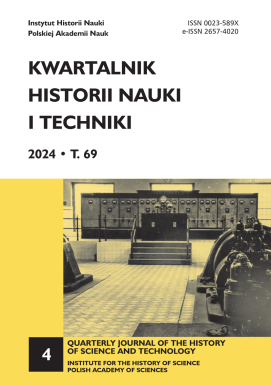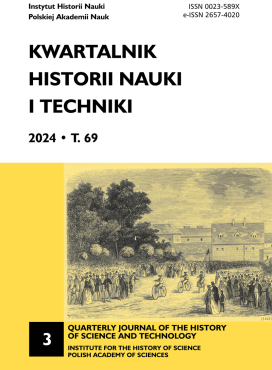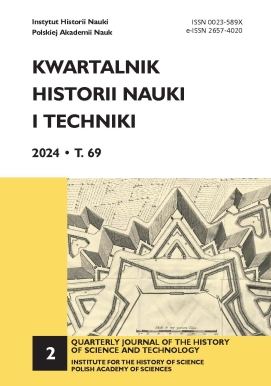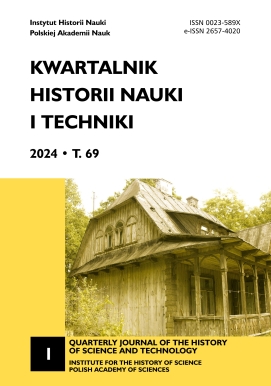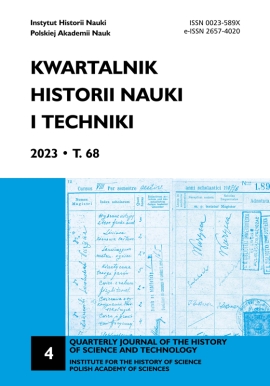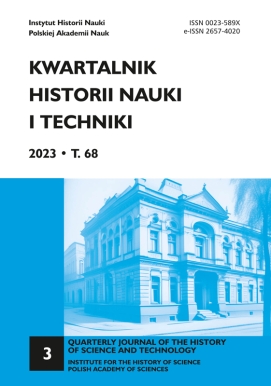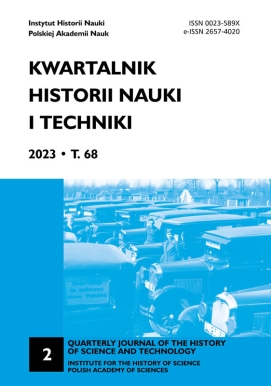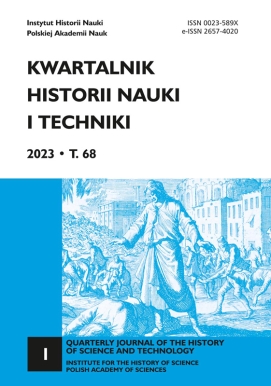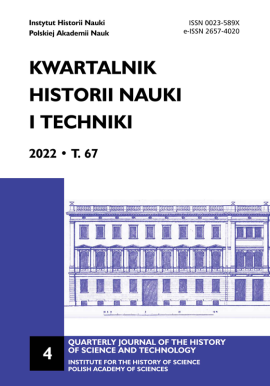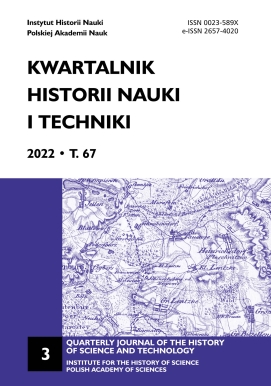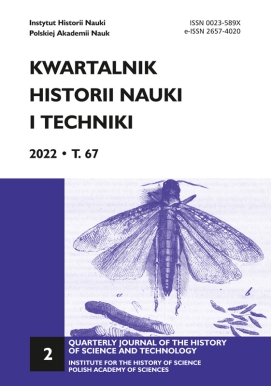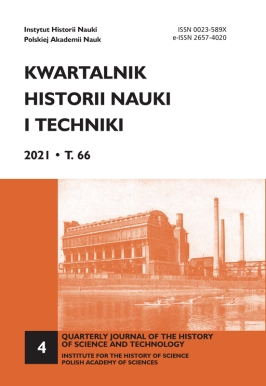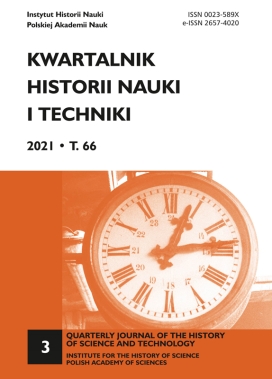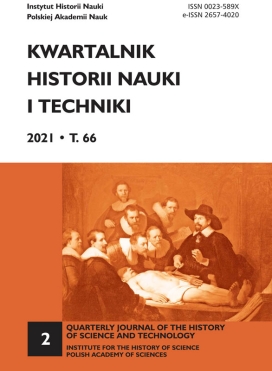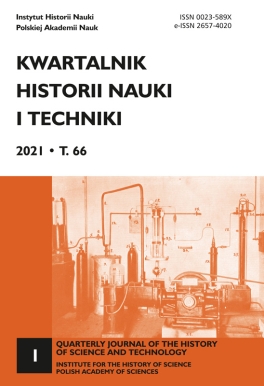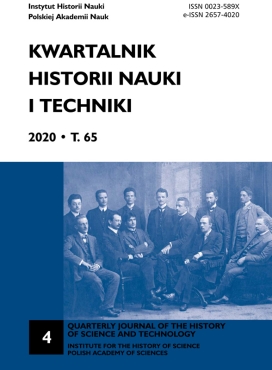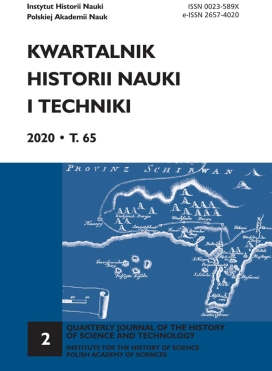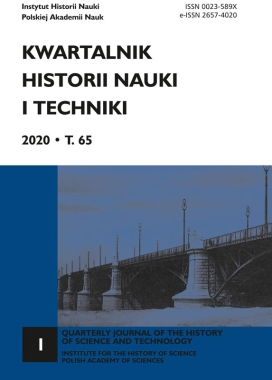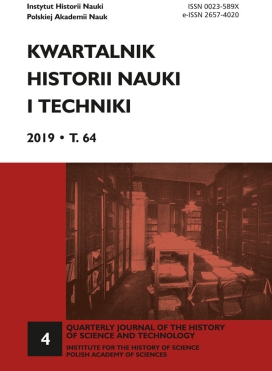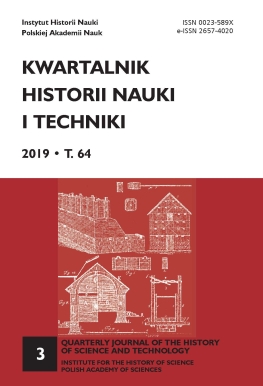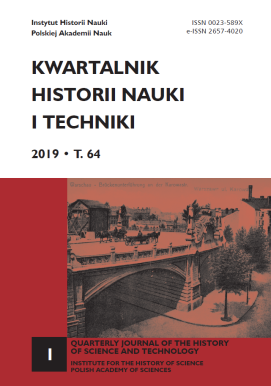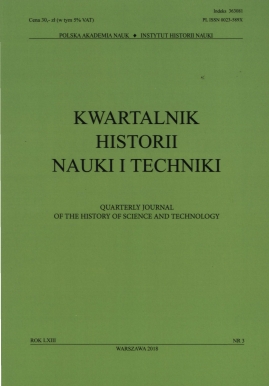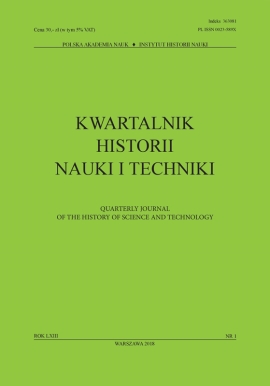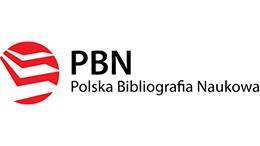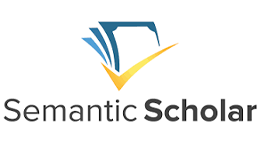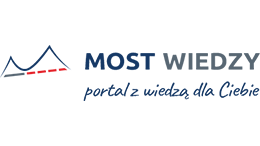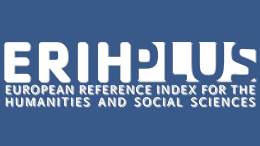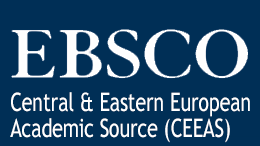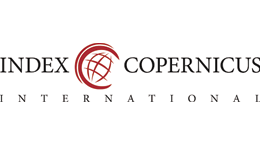Herbst K.-D., Biobibliographisches Handbuch der Kalendermacher, cz. 1, Einführung und Verzeichnisse, Jena 2020 (Acta Calendariographica – Forschungsberichte, t. 9), ss. 407.
Herbst K.-D., Biobibliographisches Handbuch der Kalendermacher, cz. 2, Kalendermacher Achalm – Heldvader, Jena 2020 (Acta Calendariographica – Forschungsberichte, t. 9), ss. 501.
Herbst K.-D., Biobibliographisches Handbuch der Kalendermacher, cz. 3, Kalendermacher Heller – Reinstein, Jena 2020 (Acta Calendariographica – Forschungsberichte, t. 9), ss. 501.
Herbst K.-D., Biobibliographisches Handbuch der Kalendermacher, cz. 4, Kalendermacher Reisacher – Zorawsky, Jena 2020 (Acta Calendariographica – Forschungsberichte, t. 9), ss. 504.
Herbst K.-D., Biobibliographisches Handbuch der Kalendermacher von 1550 bis 1750, www.presseforschung.uni-bremen.de/dokuwiki/doku.php?id=Startseite [dostęp 18.03.2021].
The article discusses the publications of Klaus-Dieter Herbst, crowning nearly twenty years of his research on early modern calendars. These unique works are presented in two versions: in the ninth volume of a series titled Acta Calendariographica – Forschungsberichte, published in 2020, and the website that has been systematically updated since 2014. The printed version includes an introduction to calendar matters (Part One) and a three-part biographical and bibliographic dictionary, devoted to the calendar makers, their career paths, family relationships, and calendar and publication achievements. The article outlines the specifics and structure of this publication, pointing to the ingenious solutions employed there and interesting problems raised.



